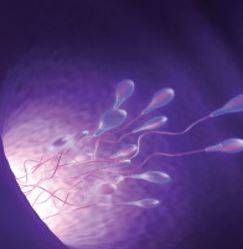Background to fertility and infertility
This section of the website has been written to provide you with introductory information about fertility and infertility including; the human reproductive system, causes of infertility and when to seek help.
Infertility
Involuntary infertility is a problem affecting approximately one in seven couples, regardless of background and culture. It causes considerable anguish and unhappiness to hundreds of millions of men and women worldwide.
Infertility is usually defined as the absence of conception after one year of unprotected intercourse. Without contraception around 75% of couples conceive within 12 months and a further 10% may conceive in the subsequent year. After this time the conception rate is quite low and the 10-15% of couples who do not conceive within two years will usually seek specialist advice and treatment at a fertility centre.
In recent years there has been a significant increase in demand for fertility treatments. It is unlikely that the increase is originating from an ‘epidemic’ of infertility; it is more likely from the increased public awareness of the problem and the support available. This, together with the fact that many couples delay childbirth until their thirties, when conception is harder, may have contributed to the current high levels of demand.
At the moment fertility treatment is not freely available on the NHS in most areas of the country. Where it is available there are usually limiting conditions attached to treatment. More information is available on the NHS Acceptance Criteria page. Fertility treatment is also available for private patients, and details of the acceptance criteria are available on the Private Acceptance Criteria page.

